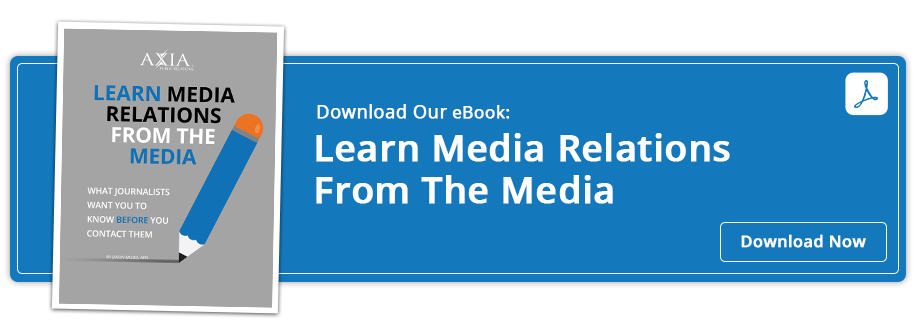How companies with multiple locations can better manage media inquiries
By Lisa GoldsberryApril 13, 2017
 Use PR to build a more unified, seamless media relations strategy for your organization
Use PR to build a more unified, seamless media relations strategy for your organization
When your company has multiple locations, logistics can be a nightmare. Having different managers with the same titles performing similar tasks in several places can be a recipe for disaster. This is especially true when it comes to public relations, media and communications.
In dealings with the media, it’s crucial that your company speaks with one voice. If your company has more than one location, this might prove problematic. Sometimes it helps to hire a PR firm to tie it all together.
The advantages and disadvantages of having a single media contact for all locations
Advantages:
- When contacting your company for any reason, journalists automatically know whom to call.
- Whether there is good news to report or a crisis brewing, this arrangement saves time and helps avoid confusion.
- With only one voice, you can ensure you disseminate your company’s messages the way you want.
Disadvantages:
- The media director at the corporate office in another state might not have strong relationships with the local media.
- If there is an issue specific to one location, you will have to bring your national PR rep up to speed on the situation. This wastes valuable time and leaves you vulnerable to having information get lost in translation.
- For those with offices in different time zones, communicating becomes more challenging.
The pros and cons of each location having its own media manager
Pros:
Having a media director at each location allows for more flexibility and promptness in handling media inquiries. In addition, many journalists look for the local angle in any story to interest their audience. A media manager assigned to a specific location will know the best local people, resources and story angles to attract a reporter’s attention.
Cons:
During extremely busy times or campaigns, it’s easy for one person or office to become overwhelmed with media matters. There is also the possibility for miscommunication and misunderstanding of key corporate messages.
No matter which method you use, some things to keep in mind:
- Make sure your online information gives reporters clear instructions on whom to contact.
- Put a comprehensive communication plan in place so everyone is on the same page.
- Periodically re-evaluate the effectiveness of your media relations process to ensure it’s still working well for you.
- You can hire a PR agency to help.
If your company has multiple locations, you may benefit from a PR firm with multiple people and varied expertise and strengths. At Axia Public Relations, we offer a range of resources to help you, such as a long list of media contacts and relationships, creative campaign development and years of experience working with companies like yours. To find out all we can do for your unique media management issues, contact us or download our e-book Learn Media Relations from the Media.

 Lisa Goldsberry is a senior blogger for Axia Public Relations with more than 15 years of public relations experience. She specializes in business and technology PR. Lisa has worked for Axia since December 2013. Learn more about Lisa Goldsberry. Connect with Axia on Twitter @axiapr or tell us what you think in the comments below.
Lisa Goldsberry is a senior blogger for Axia Public Relations with more than 15 years of public relations experience. She specializes in business and technology PR. Lisa has worked for Axia since December 2013. Learn more about Lisa Goldsberry. Connect with Axia on Twitter @axiapr or tell us what you think in the comments below.
Featured image credit: 123rf.com
Topics: media relations, public relations

Comment on This Article